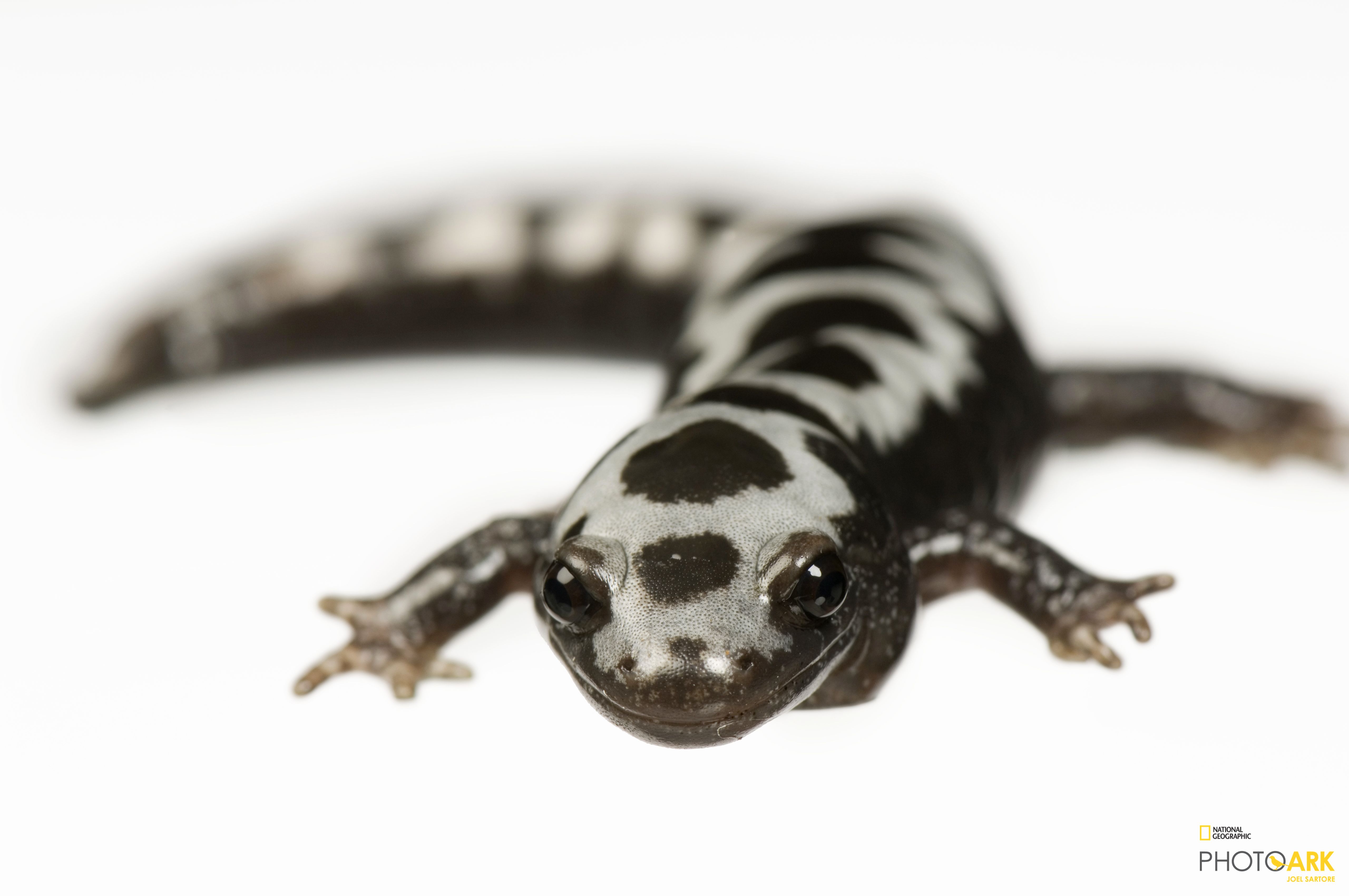In this species breeding takes place in the autumn and on land near fishless woodland ponds or swamps.
Marbled salamander breeding.
These include the marbled salamander and the mudpuppy which breed in the fall the four toed salamander that breeds in late summer and fall and the red backed salamander which breeds in the fall through winter and early spring in some places.
Like other mole salamanders marbled salamanders are predators of.
Marbled salamanders are part of the mole salamander family which is a group of salamanders endemic to north america and the only genus in the.
Although other salamander species in the mole salamander family breed in water the marbled salamander does not.
Seasonally flooded areas are essential for breeding but the salamanders do not normally enter the water.
Fertilization is internal and each female may lay 50 200 eggs usually in small depressions under logs in leaf litter or under vegetation at the edge of the water.
Females will lay about 30 100 eggs in a depression on land usually beneath a log or leaf litter.
Like many salamanders marbled salamanders have poison glands to deter predators.
The larger larval marbled salamanders feed on spotted salamander larvae and wood frog tadpoles as well as zooplankton.
Marbled salamanders breed in autumn unlike most other mole salamanders which breed in winter and migrate to wetlands during before a good rain to court and mate.
Marbled salamanders breed once per year.
It migrates to a pond before autumn rains begin.
The female stays with her developing eggs until rain fills the wetland and triggers.
This is opposite from other mole salamanders that breed during early spring.
Marbled salamanders are found in the eastern united states.
Marbled salamanders emerge from their underground homes in early fall to migrate to their breeding grounds.
Breeding season breeding starts in the late summer in the northern part of the range and extends into november in the southern part.
Sporting white or gray bands across its body this secretive species is known to hide out beneath leaves and logs.
The marbled salamander is a relatively common resident throughout north carolina.
Marbled salamanders mate on land after which the female curls about her 30 100 eggs for 3 4 months in the wild captive breeding is rare until spring rains wash the eggs into temporary ponds.
Most michigan salamanders begin breeding in the spring months with a few exceptions.
Average age at sexual or reproductive maturity female sex.
The marbled salamander is the state salamander of north carolina.
The larvae may be raised on live brine shrimp chopped blackworms and frozen bloodworms.

